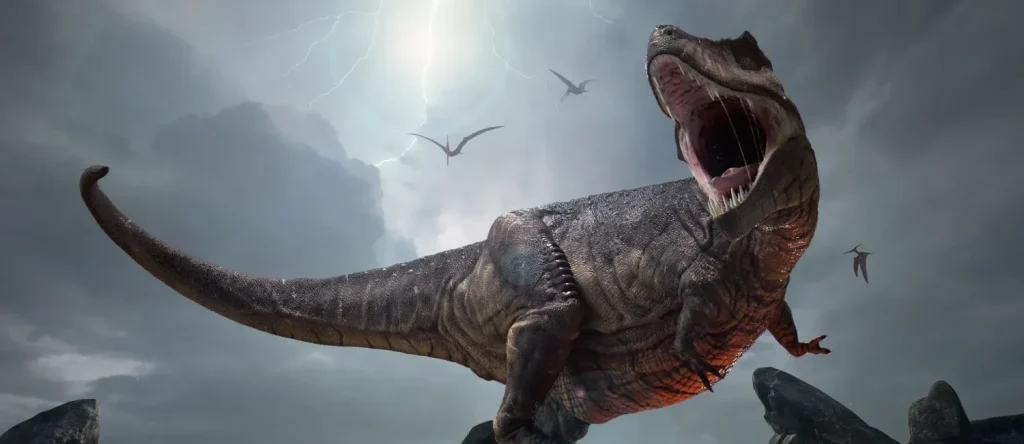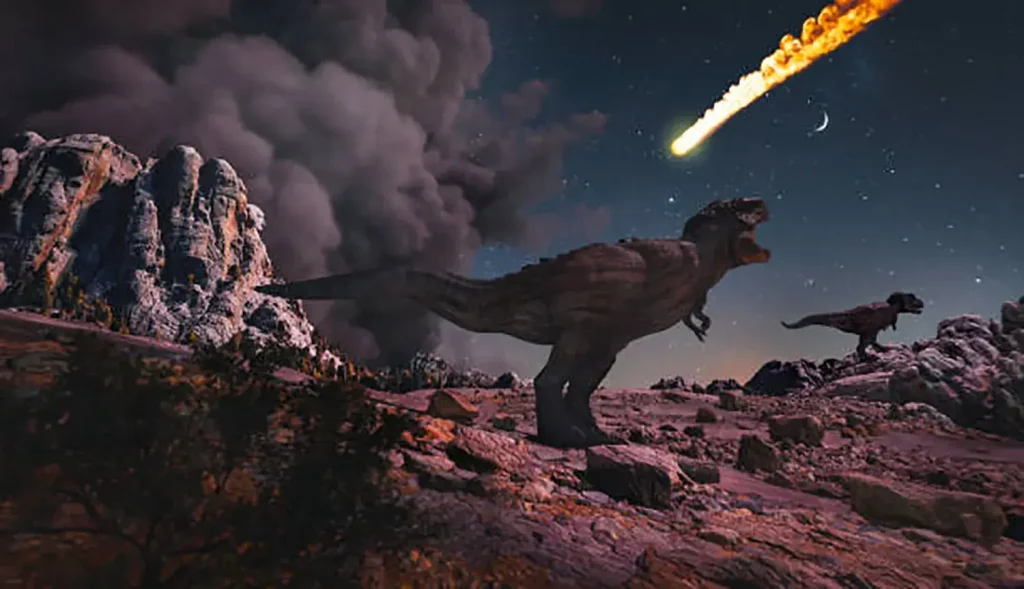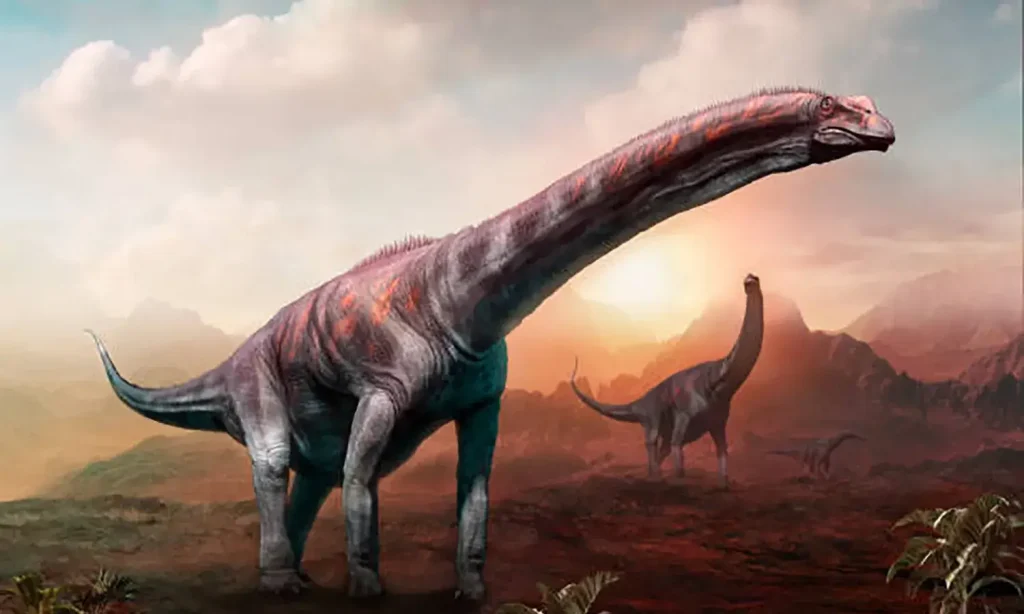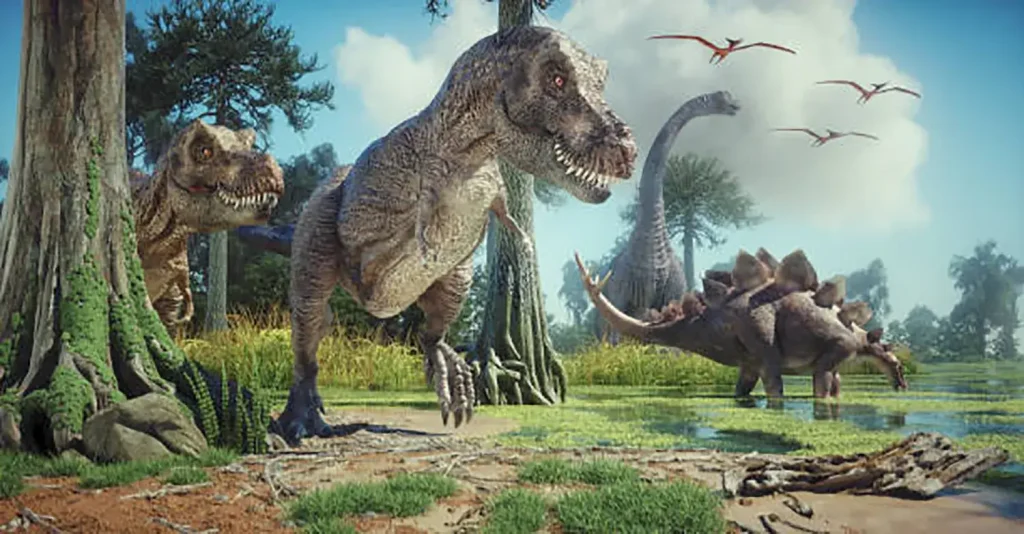Building-Sized Giants! The Top 10 Largest Dinosaurs in History.

In Earth’s long history, there existed dinosaurs of a scale incomparable to modern-day creatures.
They were the super-beasts of the Mesozoic Era (Triassic, Jurassic, and Cretaceous), and their names remain as the largest land animals in history.
It is believed that the Earth’s gravity was lower approximately 150 million years ago than it is today, which is considered one reason they were able to support their massive bodies.
Top 10 Largest Dinosaurs in History
This ranking selects the largest Sauropodomorphs based on their maximum estimated total length.
All dinosaurs included in this ranking are Sauropodomorphs, and their overwhelming size tells the story of the dinosaur age.
10th Place: Brachiosaurus
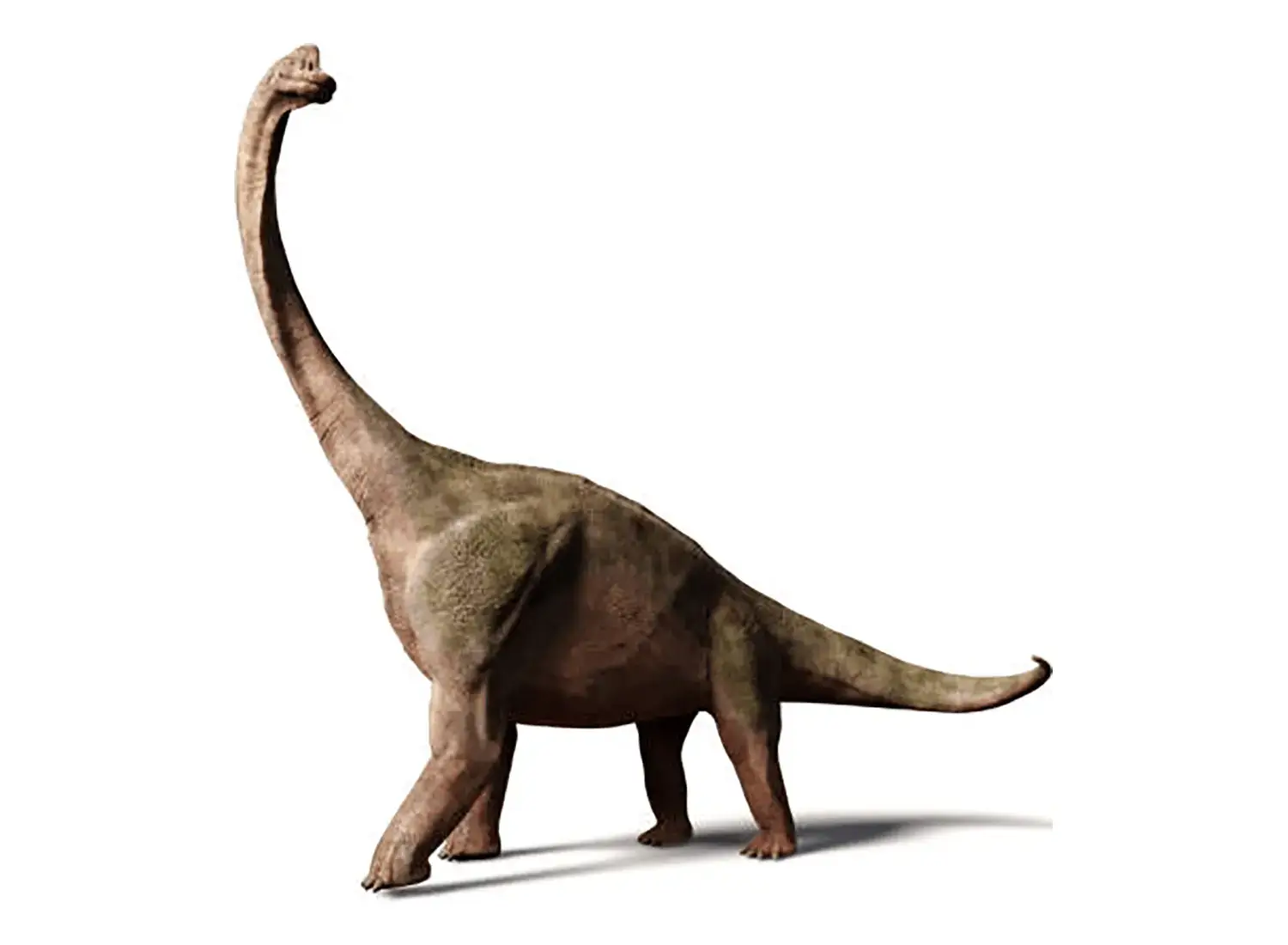
10th Place: Brachiosaurus
| Length | Approx. 25m |
|---|
Brachiosaurus means “arm lizard,” characterized by its slender forelimbs, which were longer than its hind limbs.
Its height is said to have reached 12m, and it was known as the largest dinosaur for a long time.
It is believed to have lived approximately 161 to 146 million years ago, with an estimated length of 25m and a weight of 23 to 50 tons.
Although its record has now been surpassed, it is a highly famous dinosaur that has long appeared in books, movies, and other media.
9th Place: Puertasaurus

9th Place: Puertasaurus
| Length | Approx. 27–30m |
|---|
It is estimated to have reached 27-30m in length and 50-70 tons in weight.
It lived in South America.
8th Place: Maraapunisaurus
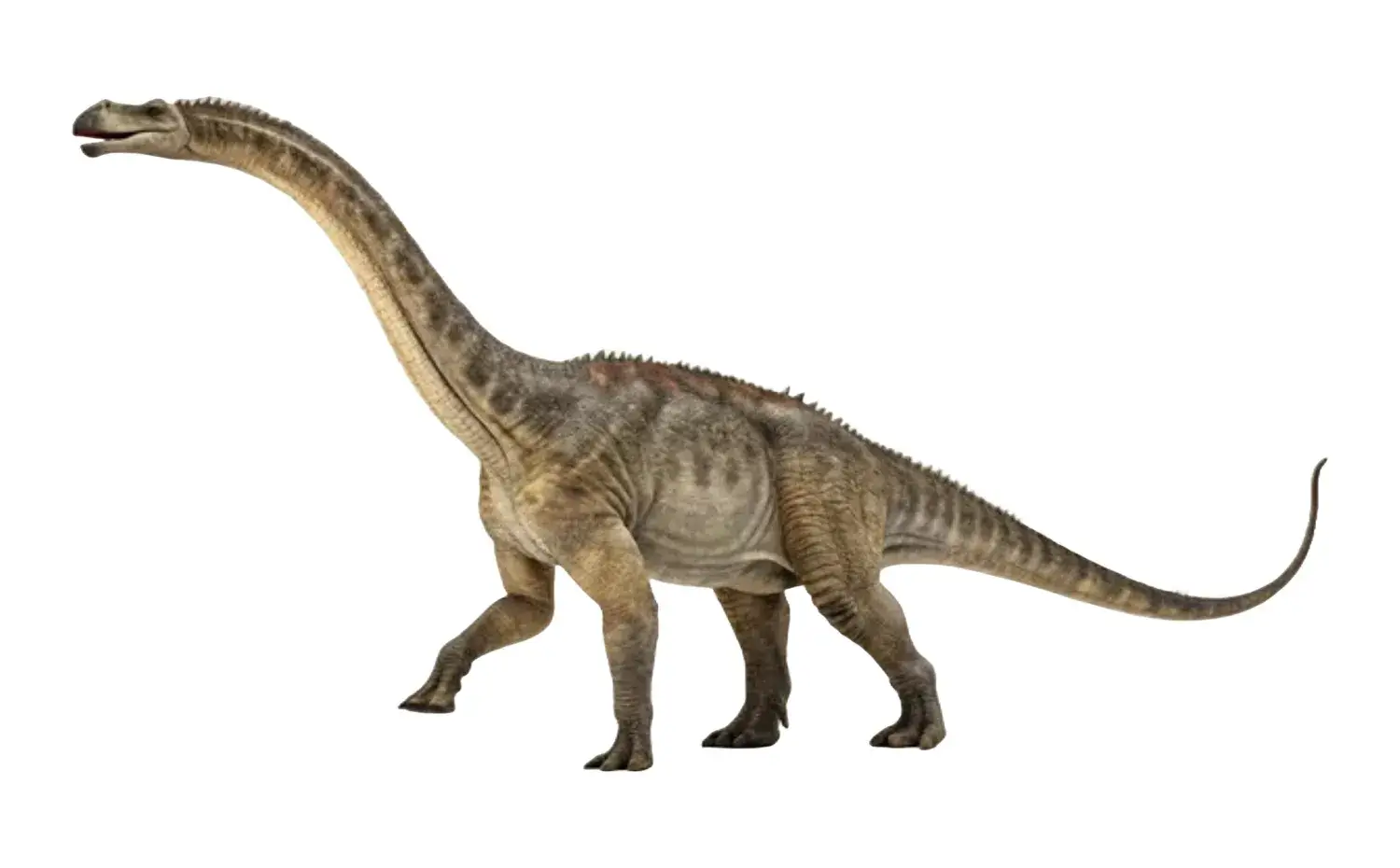
8th Place: Maraapunisaurus
| Length | Approx. 30–32m |
|---|
Maraapunisaurus lived during the Late Jurassic period and was distributed in North America.
It was once estimated to be 60m long and weigh 150 tons, but the data is old, and it is highly likely that these figures were an overestimation.
Details on Maraapunisaurus here
7th Place: Mamenchisaurus
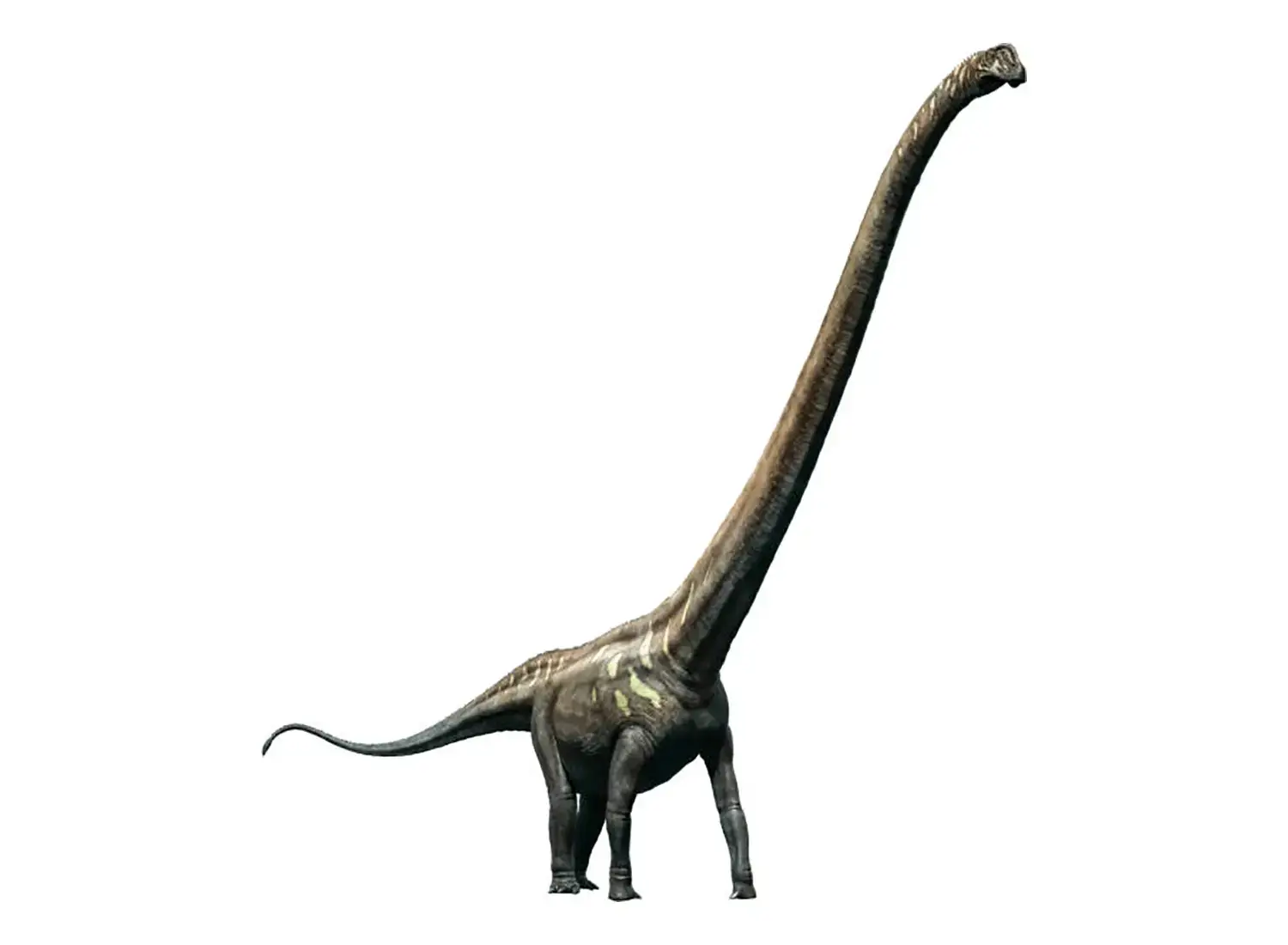
7th Place: Mamenchisaurus
| Length | Approx. 22–35m |
|---|
Mamenchisaurus lived in China during the Late Jurassic and is known as the largest dinosaur in Asia.
It generally reached 22-35m in length and weighed about 18-30 tons.
It had significantly more cervical vertebrae (19) than other sauropods, meaning its neck accounted for half of its body length.
Details on Mamenchisaurus here
6th Place: Futalognkosaurus

6th Place: Futalognkosaurus
| Length | Approx. 26–35m |
|---|
Futalognkosaurus lived in Argentina during the Late Cretaceous and is estimated to be 26-35m long.
It had a thick and robust body structure, with its hip bones measuring 3 meters wide.
It is a valuable specimen, known for being a dinosaur with a nearly complete skeleton.
Its existence spanned only about 3,000 years, and it is speculated that it may have gone extinct due to water shortages caused by the warm, humid climate of the time.
Details on Futalognkosaurus here
5th Place: Sauroposeidon
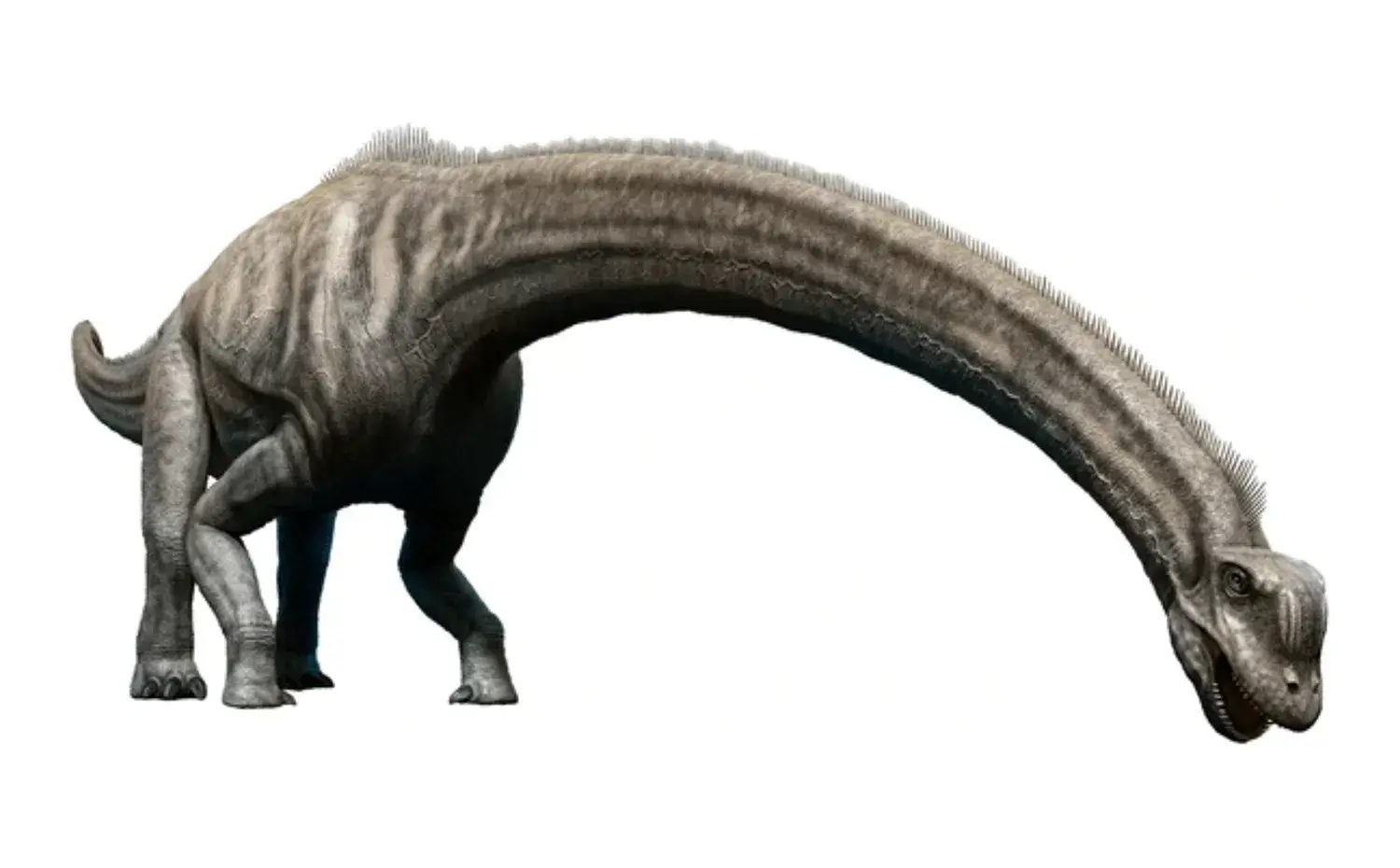
5th Place: Sauroposeidon
| Length | Approx. 27–35m |
|---|
Sauroposeidon lived in North America during the Early Cretaceous and is known as the tallest dinosaur in history.
It reached 27-35m in length and 50-65 tons in weight.
The discovered cervical vertebrae (neck bones) were 1.4m long, and its height is estimated to have reached 17-18m, equivalent to a 5- or 6-story building.
4th Place: Supersaurus
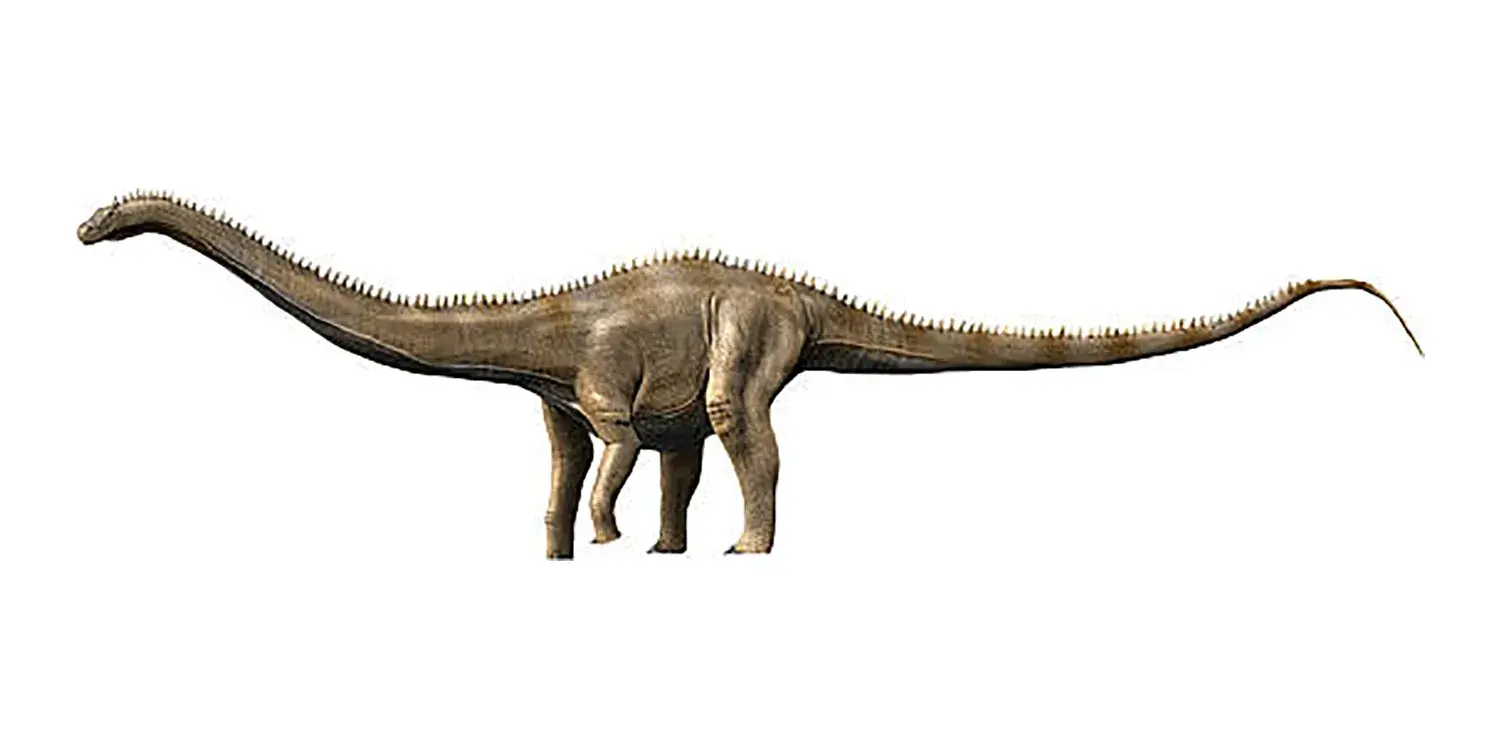
4th Place: Supersaurus
| Length | Approx. 33–35m |
|---|
Supersaurus, meaning “tremendous lizard,” is a type of Diplodocid.
It is believed to have lived in America about 150 million years ago.
It is estimated to be 33-35m long and 40-50 tons in weight, and it is thought that the population of this species was small at the time.
It has long been popular and featured in various media as one of the largest dinosaurs.
3rd Place: Turiasaurus

3rd Place: Turiasaurus
| Length | Approx. 30–37m |
|---|
Turiasaurus lived in Europe (Spain, Portugal) from the Late Jurassic to the Early Cretaceous.
It is estimated to be 30-37m long and 50 tons in weight. The discovered thigh bone was 1.8m long, making it the largest dinosaur found in Europe.
In the early 2010s, the most complete fossil to date was excavated.
2nd Place: Patagotitan
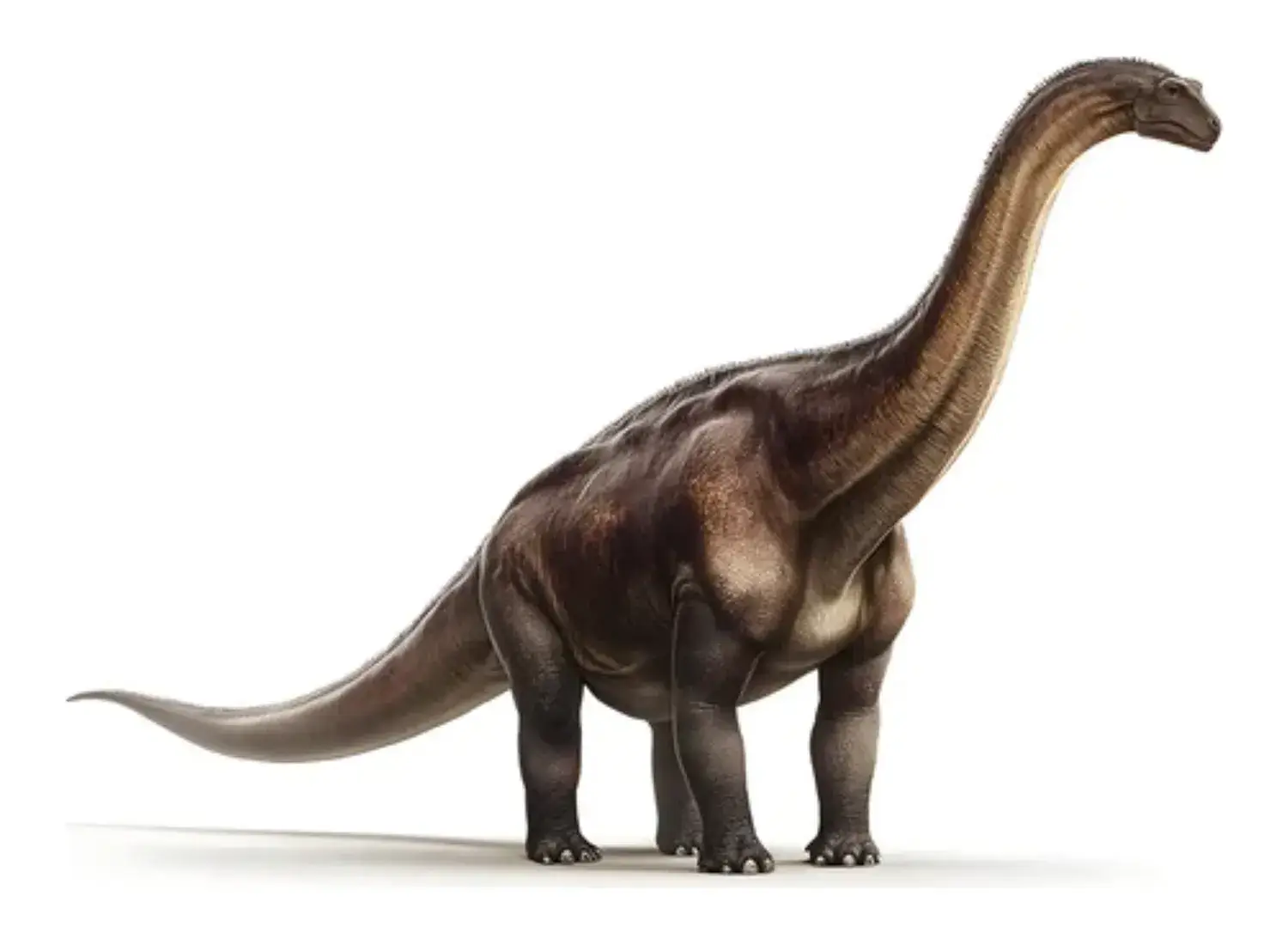
2nd Place: Patagotitan
| Length | Approx. 31–37m |
|---|
Patagotitan, only recognized as a new species in 2017, is second in size only to Argentinosaurus.
It lived in Argentina during the Early Cretaceous and was the largest of the dinosaurs when they began to grow in size. Its weight was equivalent to 10 African elephants.
The discovered femur was 2.4m long and 500kg. Since this fossil was also from a juvenile, it holds the potential to surpass Argentinosaurus.
1st Place: Argentinosaurus
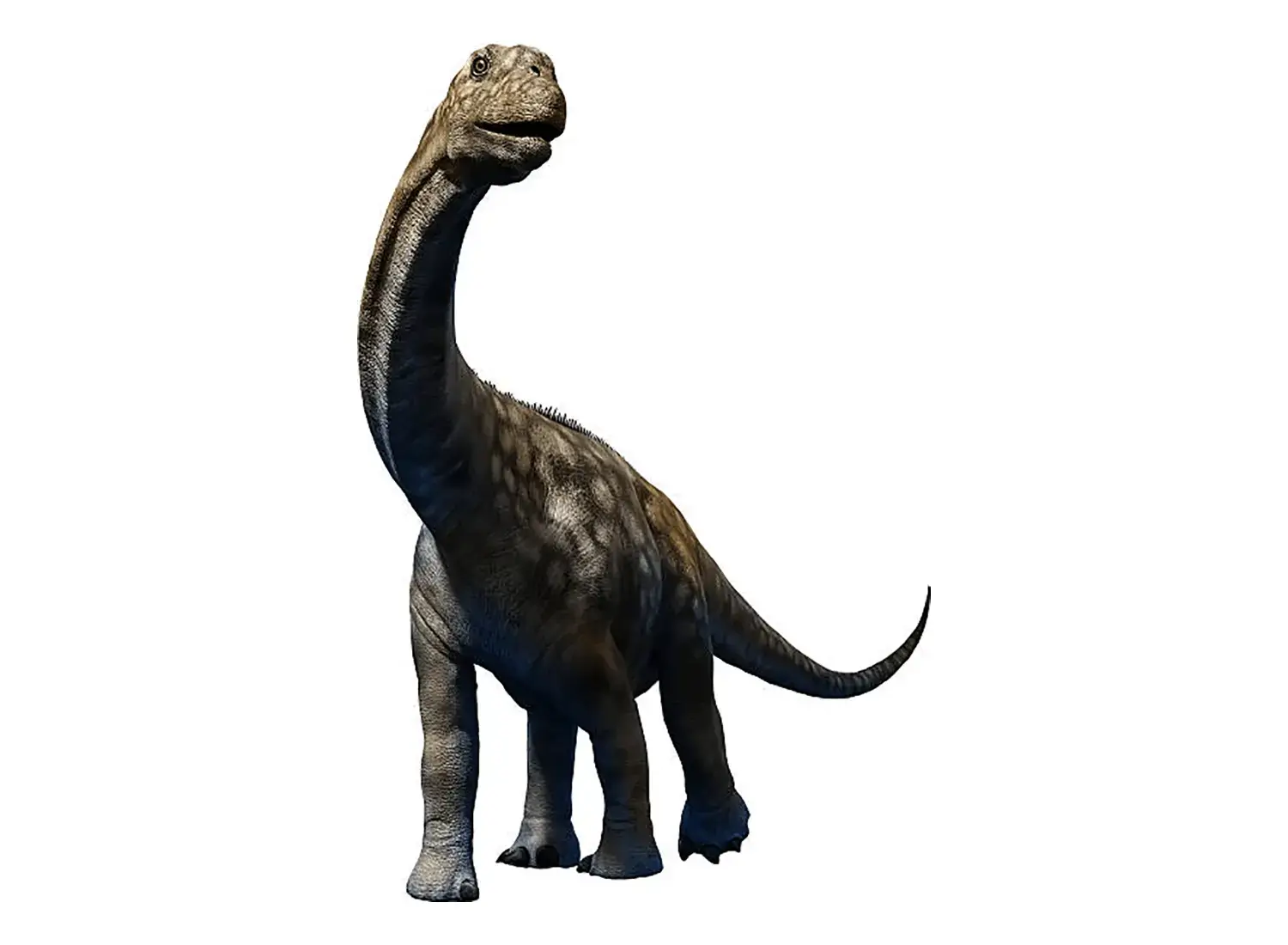
1st Place: Argentinosaurus
| Length | Approx. 35–45m |
|---|
The dinosaur said to be the largest of all time and all regions is Argentinosaurus.
It lived in Argentina during the Late Cretaceous.
With an estimated length of 35-45m and a weight of 60-100 tons, it is considered the largest dinosaur discovered to date, based on its massive leg bones.
Its weight was more than 8 times that of a Tyrannosaurus and comparable to 20 modern Indian elephants.
Based on its vertebrae characteristics, some suggest it may be a different species from previously known giant dinosaurs.
To sustain its huge body, its heart alone weighed nearly 200kg and pumped dozens of liters of blood with a single beat.
A unique respiratory system that allowed it to take in more oxygen faster than other species was also a factor in its gigantic size.
Its movement was slow due to its immense weight, estimated at 7 km/h (slower than a koala), but its sheer size meant carnivorous dinosaurs left it alone, and it is said the ground shook when it walked.
Details on Argentinosaurus here
The Mystery of Gigantism and Sauropodomorph Characteristics
The reasons why Sauropodomorphs grew to such unusual sizes are thought to include the following:
Self-Defense
Sauropodomorphs, which had low intelligence and were not particularly strong attackers, needed to be large and heavy to protect themselves from carnivorous dinosaurs.
Faced with their massive size, predators had no choice but to give up the hunt.
Securing Food
Their necks grew long so they could eat leaves from high up in the trees, out of reach of other herbivores.
The Largest and Smallest Carnivorous Dinosaurs
Largest Carnivorous Dinosaurs
Although not as large as Sauropodomorphs, there were gigantic species among the carnivorous dinosaurs.
Famous names like “Tyrannosaurus,” “Giganotosaurus,” and “Spinosaurus” are the first that come to mind.

Tyrannosaurus
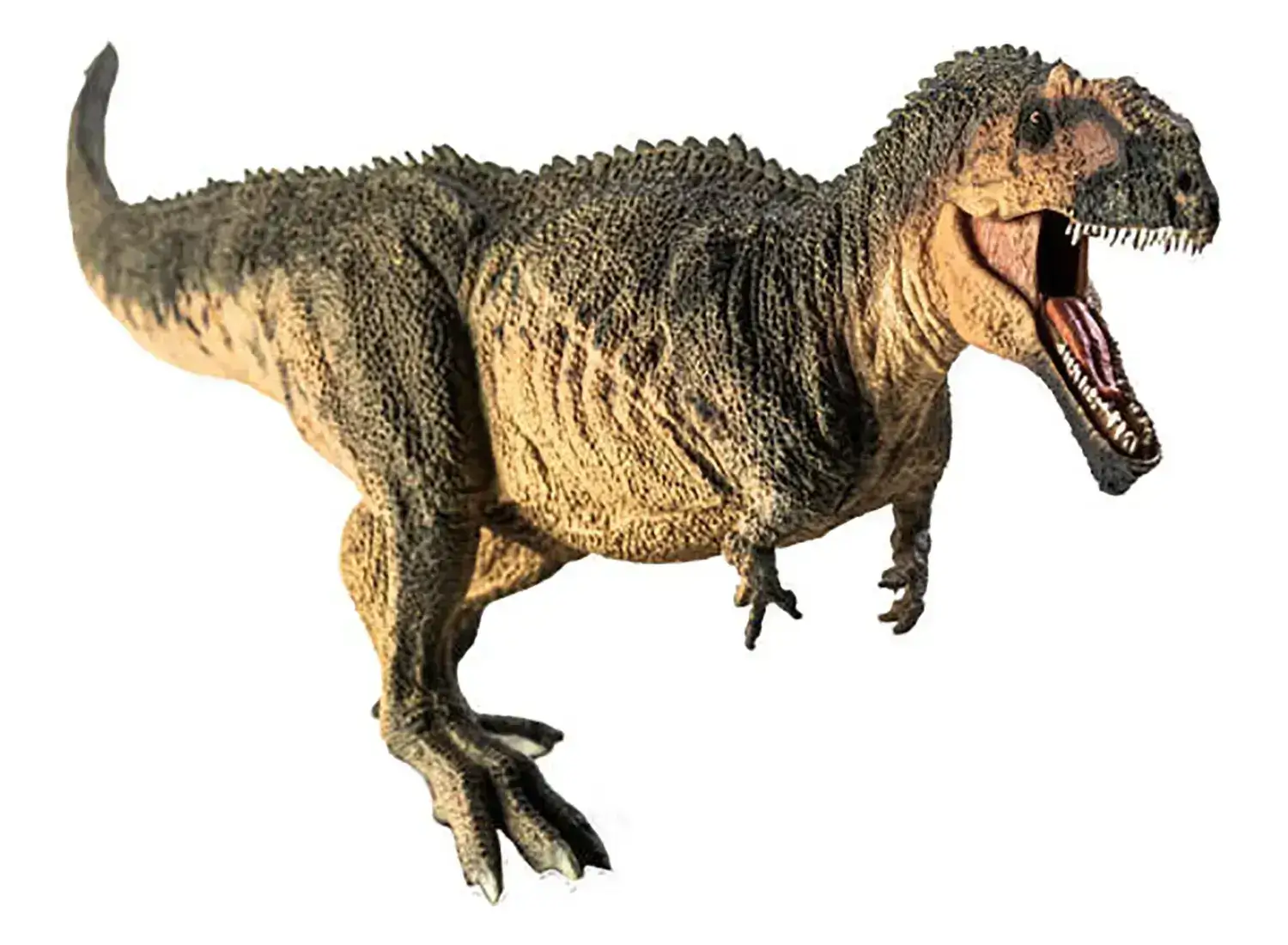
Giganotosaurus
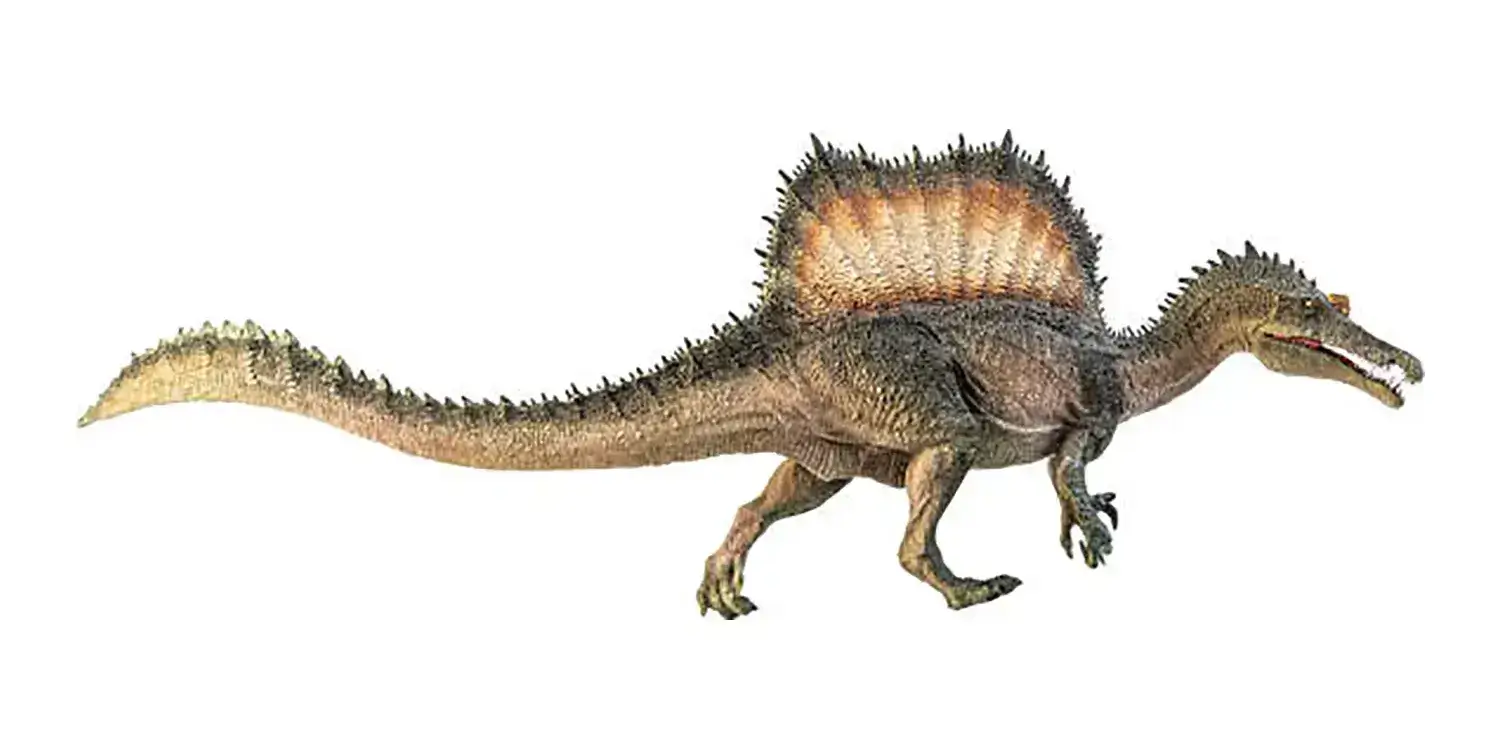
Spinosaurus
All of these dinosaurs exceeded 12m in length, and Spinosaurus in particular is said to have reached 15m.
However, the prevailing theory generally suggests that Giganotosaurus was the largest carnivorous dinosaur.
Smallest Carnivorous Dinosaur
Conversely, the smallest carnivorous dinosaur is said to have been Microraptor, with a total length of only 50-80cm.
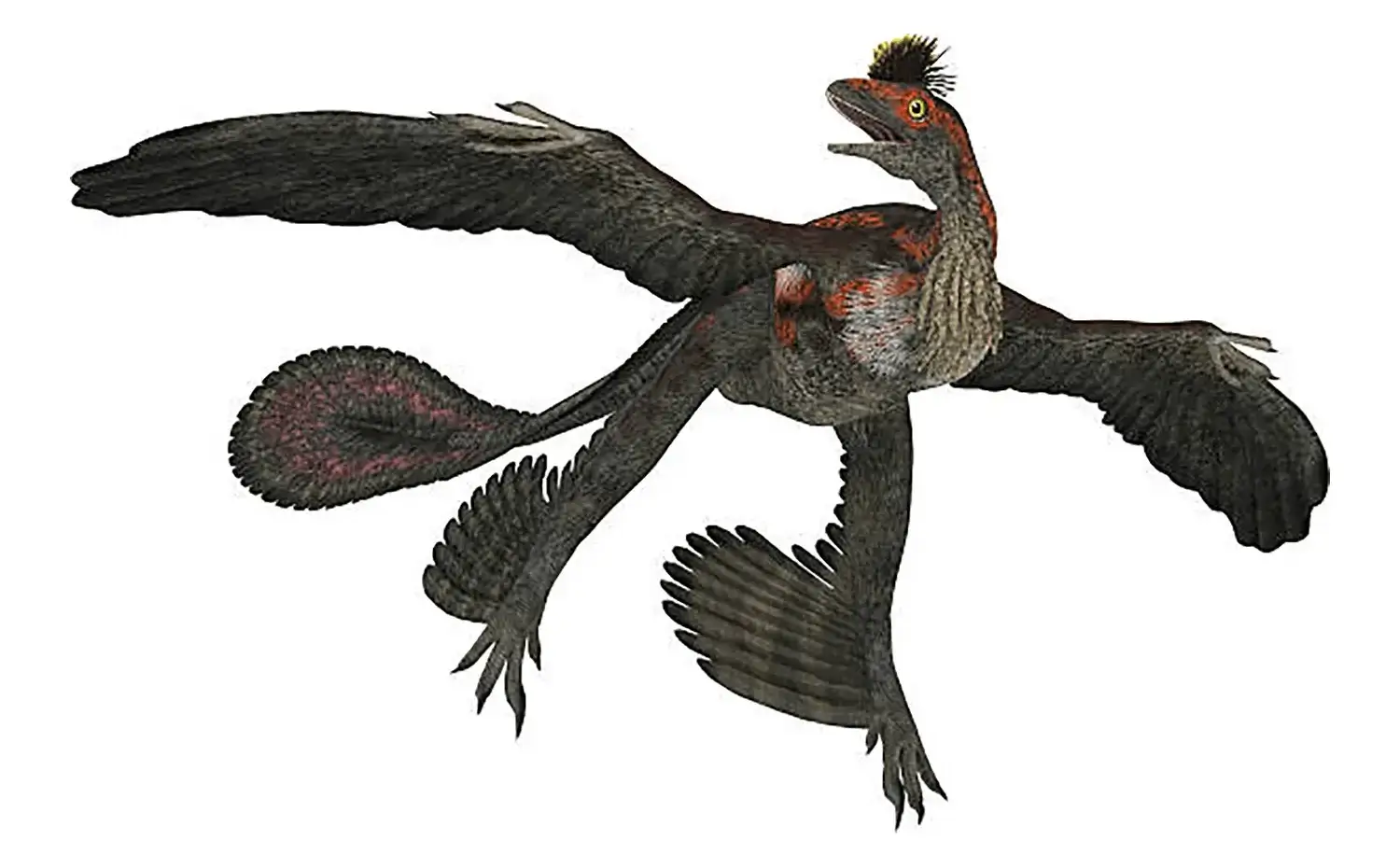
Microraptor
The world of dinosaurs was home to an astonishingly diverse range of sizes, from gigantic kings to palm-sized species.
Limits of Reconstruction and Research
Giant dinosaur fossils are almost always discovered with parts missing, leading to a wide range in estimates of their total length and weight.
Growth Until Death
Unlike mammals, dinosaurs are said to have continued growing throughout their lives, never stopping even as adults.
Therefore, it is highly likely that individuals even larger than those currently discovered will be found in the future.
Difficulty of Reconstruction
There is also the possibility that bones from different species were mixed together, requiring caution in estimation.
However, it is also possible that the size of dinosaurs, which is incomprehensible by modern standards, has actually been underestimated.
The existence of giant dinosaurs, as told by their fossils, conveys to the present day the existence of creatures that surpass our imagination.
Their appearance, as large as a building if they were to appear in a city, is the very definition of romance.
